- Learning time
- 20 minutes
- First play time
- 60 minutes
Fealty
Designed by: R. Eric Reuss
Fealty is an abstract battle for control that plays up to four players, but is perhaps best with two.
The size of the (modular, randomised) board varies according to the number of players, but with two you have three boards for a standard game, or two for a quicker one: your choice! The boards are broken down into squares, with each square containing one or more geographical features: fields, forests, mountains, cities and roads. Each player takes a set of matching coloured unit cards, unit tokens and influence tokens, and play begins.
Fealty plays out in two acts: in the first players will play 8 of their 9 units out onto the board, and then the units will activate to claim influence. What does that mean, exactly? Well, each unit can exert influence on the squares around it, from the lowly Agent (influences cities) to the powerful Court Noble (influences everything around it, up to 4 squares away. The considerable catch is that in this second act the units will activate in number order, meaning the most powerful units activate last of all – by which time much of their potential may have been snapped away from them already. As your potential influence is blocked by opposing units (and opposing influence tokens) as well as the obstructive mountains, canny play is needed to maximise the potential of each unit.
In the first act, players choose a unit from a hand of three unit cards and all reveal their choices at the same time. Units are played in ascending order too, and there are some restrictions on where a unit can go. You cannot play a unit into a row or column on the map you already occupy with another unit of your own, and you cannot play a unit into a board that another player has already played to this turn. But some units have a one-off special ability, like placing conflict tokens (helpful for impeding opponents!) or moving another unit on the map. When a unit is moved this way – as opposed to its initial placement – you can ignore the normal restrictions on sharing rows and columns.
After the eighth units are all placed, the units begin to claim territory as described above, literally placing influence tokens where they can. If two players can in theory claim the same square, it will go to the player closest. If all players are equidistant, those units cannot claim it. The player with the most influence at the end of this process is the winner!
In the box are two sets of cards for the (reversible) unit tokens: the introductory set all have numbers ending in zero, or you can use the other cards (and flip the tokens over) for the slightly more complex version of the game: all the numbers on these cards and units end in five.
The guru's verdict
-
Take That!
Take That!
Although there is no direct combat, the game is entirely about maximising your own potential whilst minimising others' - so passive-aggressive placing and movement is fairly abundant - and necessary.
-
Fidget Factor!
Fidget Factor!
The placement rules for units prevent the game from ever grinding to a standstill - as each play progresses, your options decrease. But certainly the odd moment to ponder can arise, and should be acceptable in a game like this - within reason!
-
Brain Burn!
Brain Burn!
A sense of what-am-I-doing is palpable on that first play. It's only really when the influence tokens get placed at the end that the logic of what you're trying to do fully comes into focus.
-
Again Again!
Again Again!
You only ever have a hand of three cards and what they are is random, albeit you get more certainty as to what they'll be as the game proceeds. Set-up is variable, and the optional second (more complex) set of units comes as standard. Plenty to chew on.

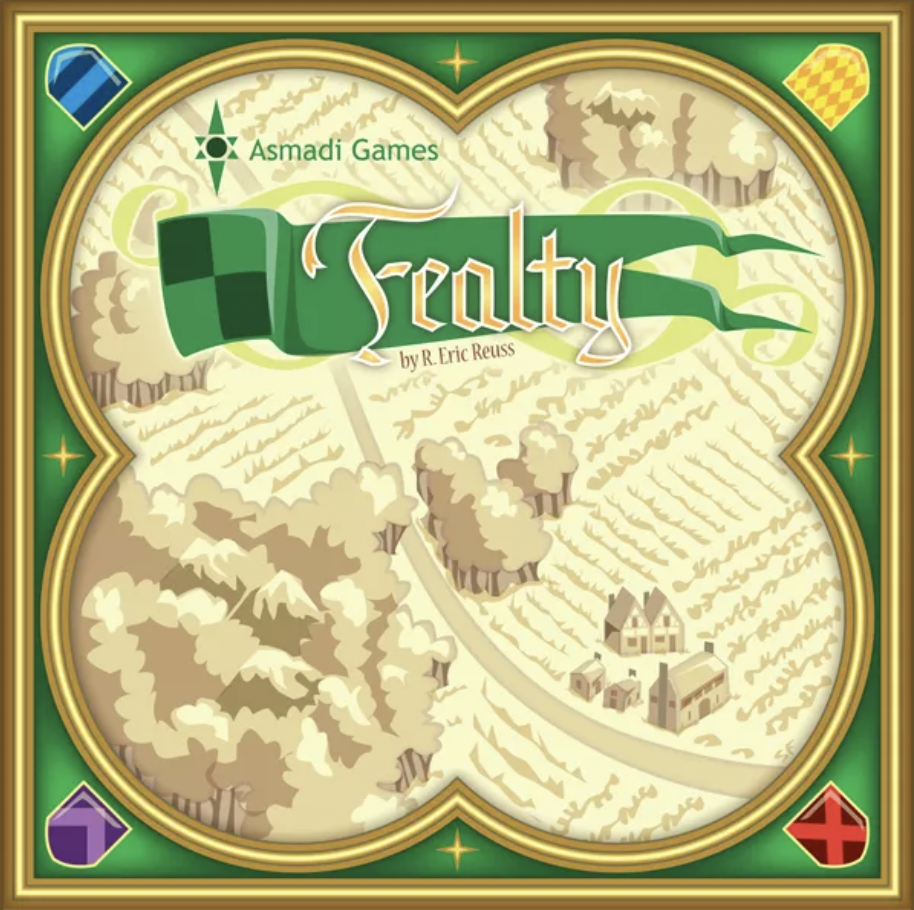
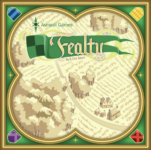
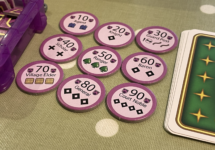
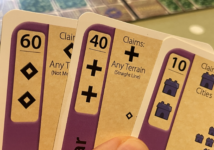
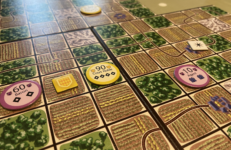
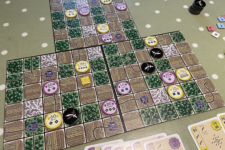







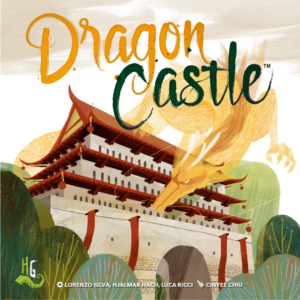
Sam says
Generally I'm the biggest fan of abstract games, because I like theme, setting, narrative. And abstract games don't tend to engender those qualities, or another one I like: laughter. However, this is a damn fine game for two - more players make it feel more chaotic - imbuing what looks like a slightly garish OS map with strategic planning, tactical chicanery and a small amount of risk/reward. It's a shame in a way the presentation looks so 1970's - although I don't mind the appearance myself, I think a more crafted look might bring Fealty to a wider audience - something it deserves. If you like Chess but can find overlong, or want a more nuanced game of area control than Checkers, don't be put off by the slightly prosaic appearance: this is a good game.